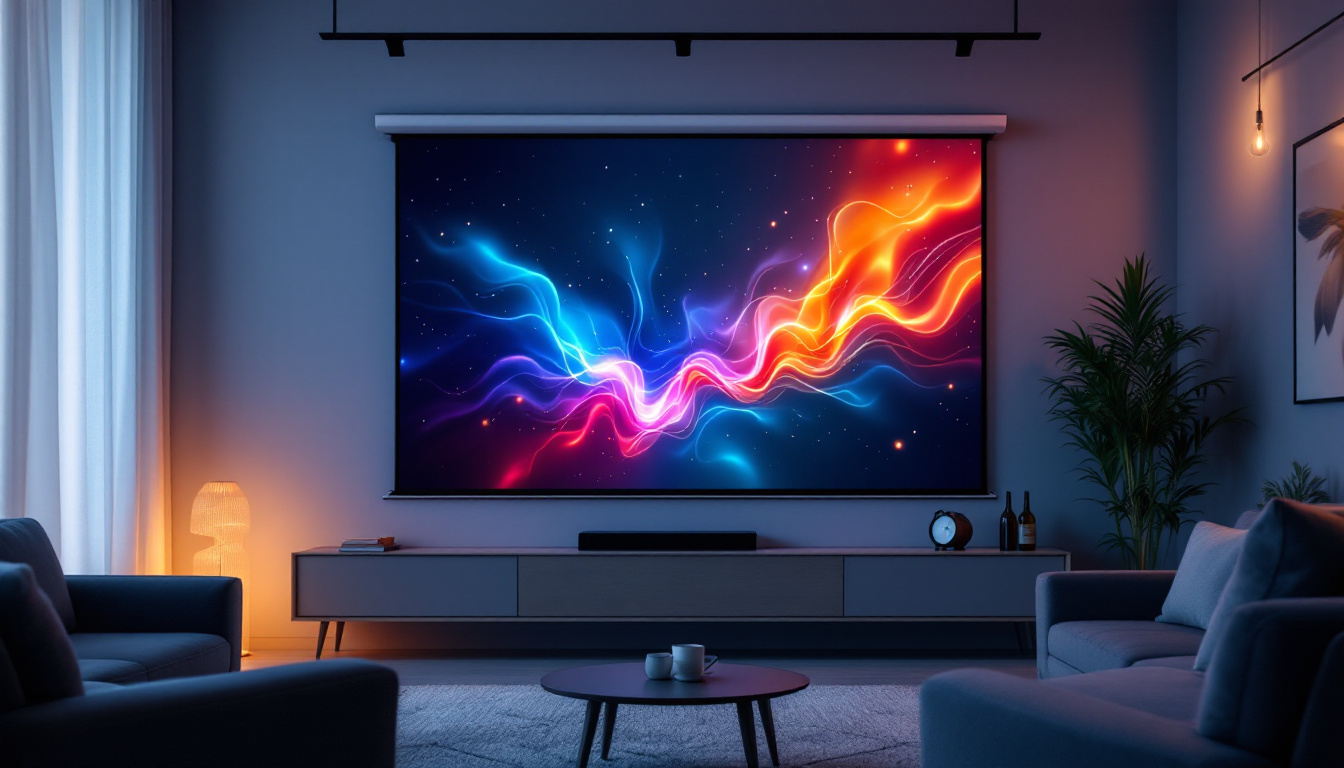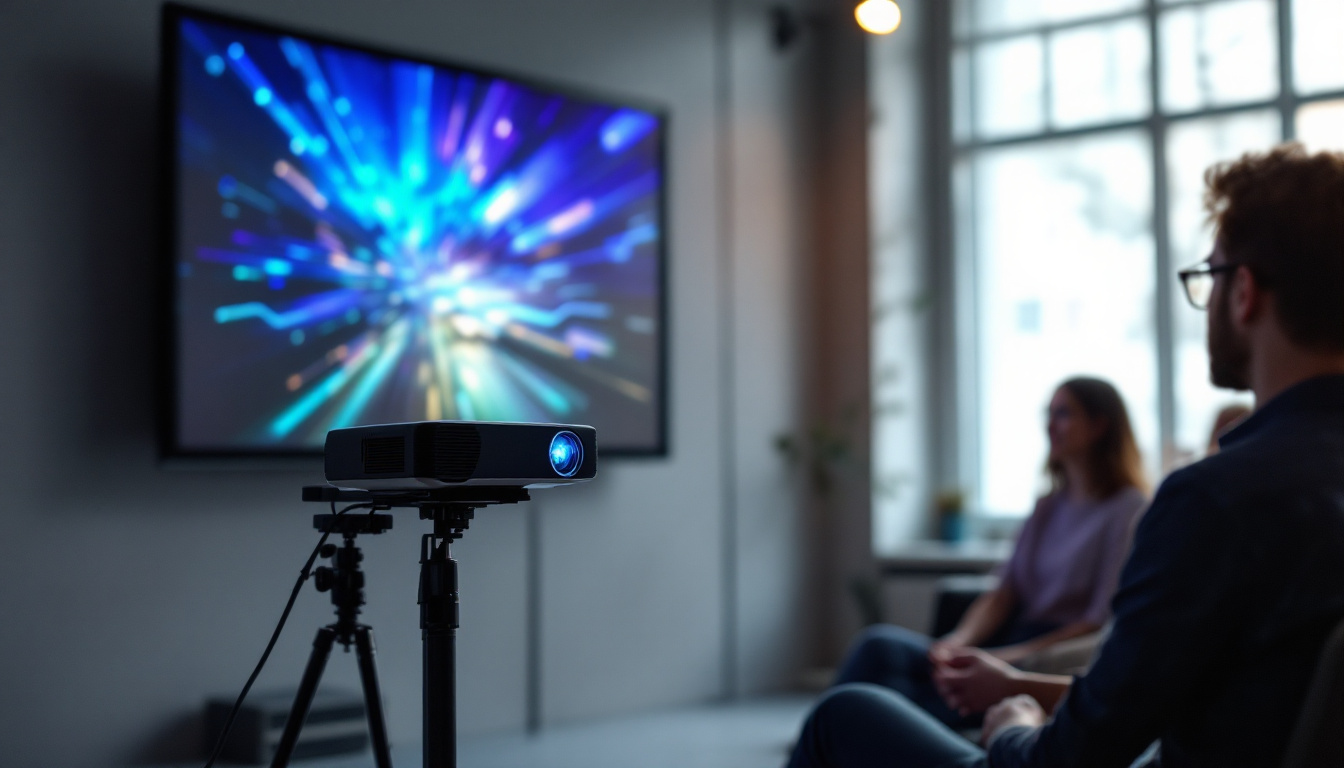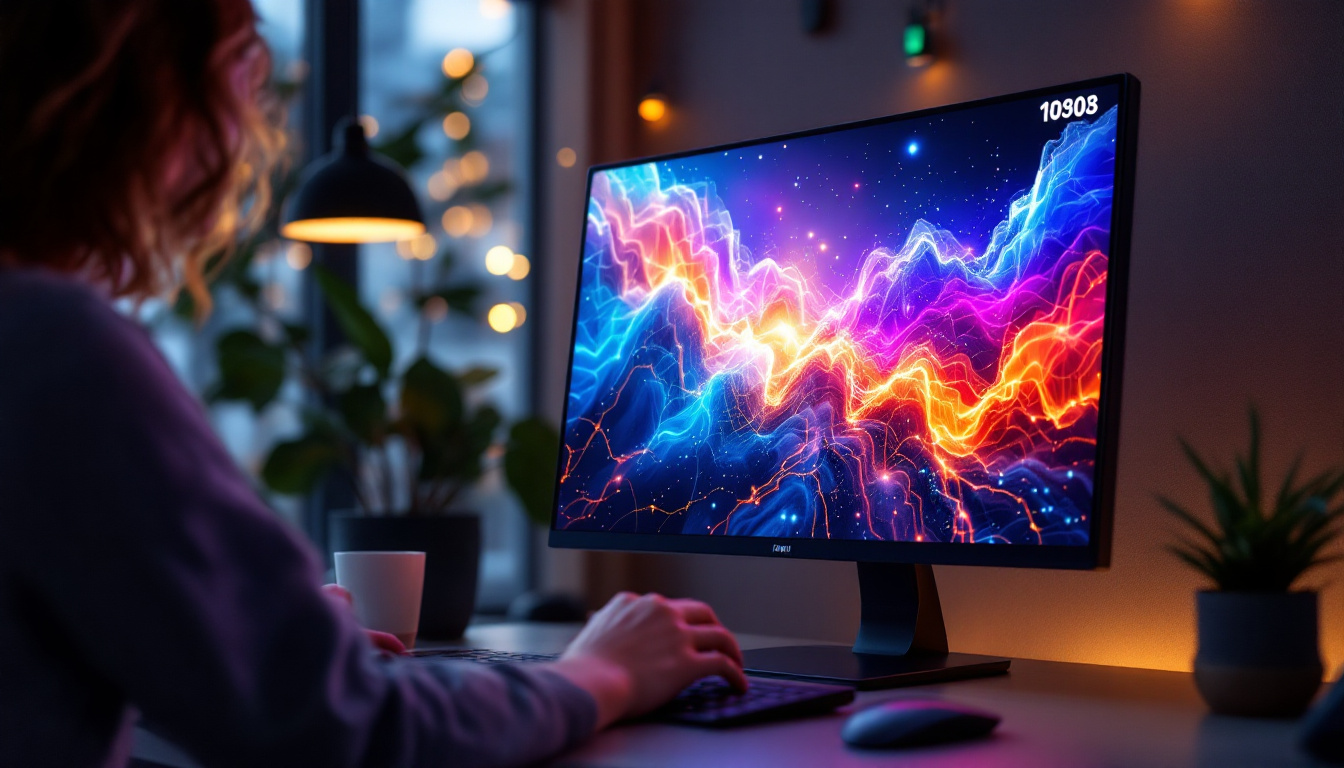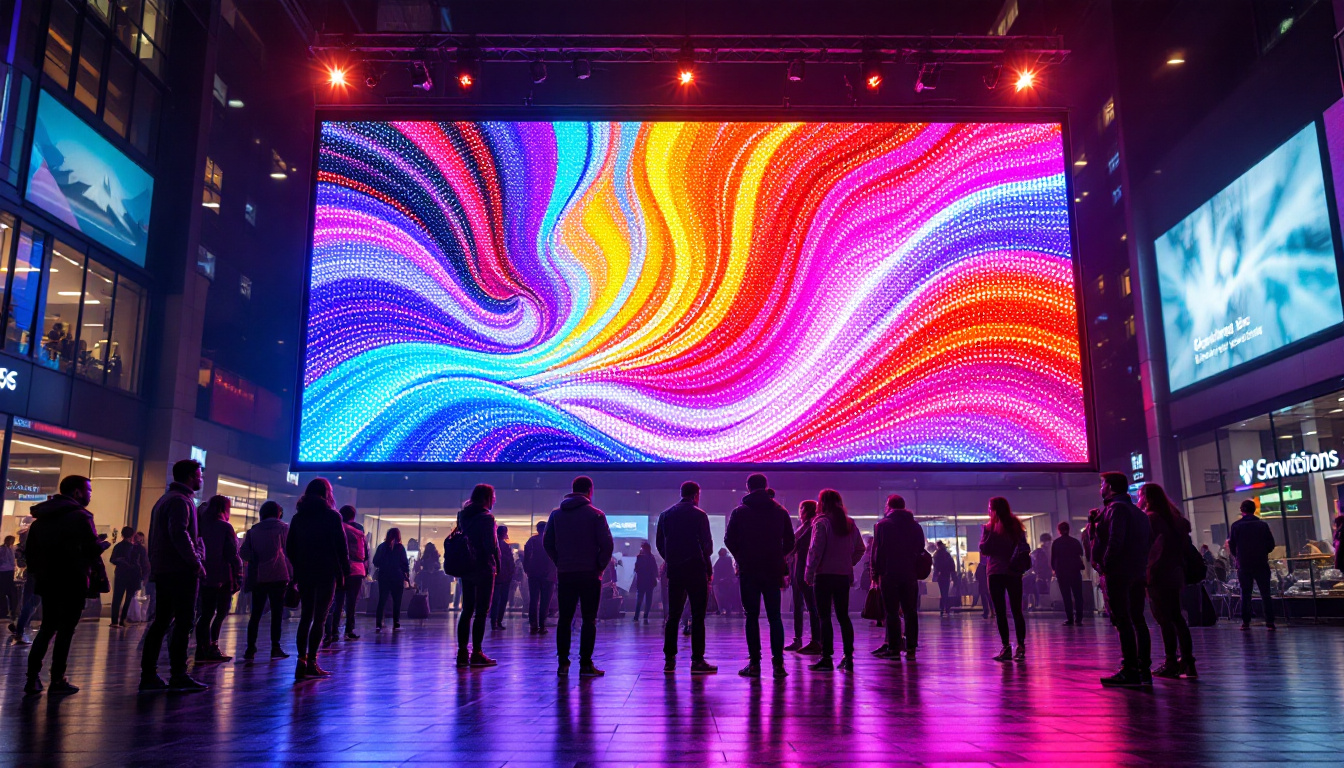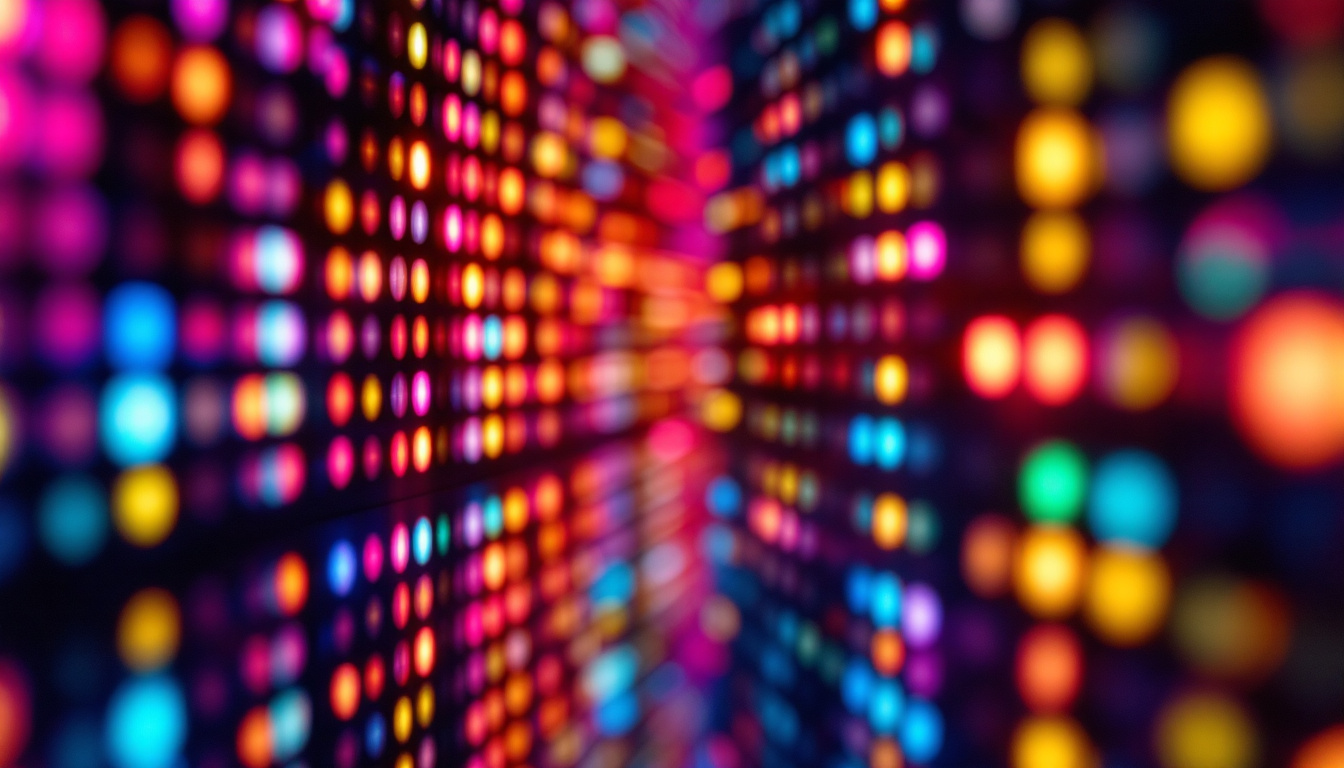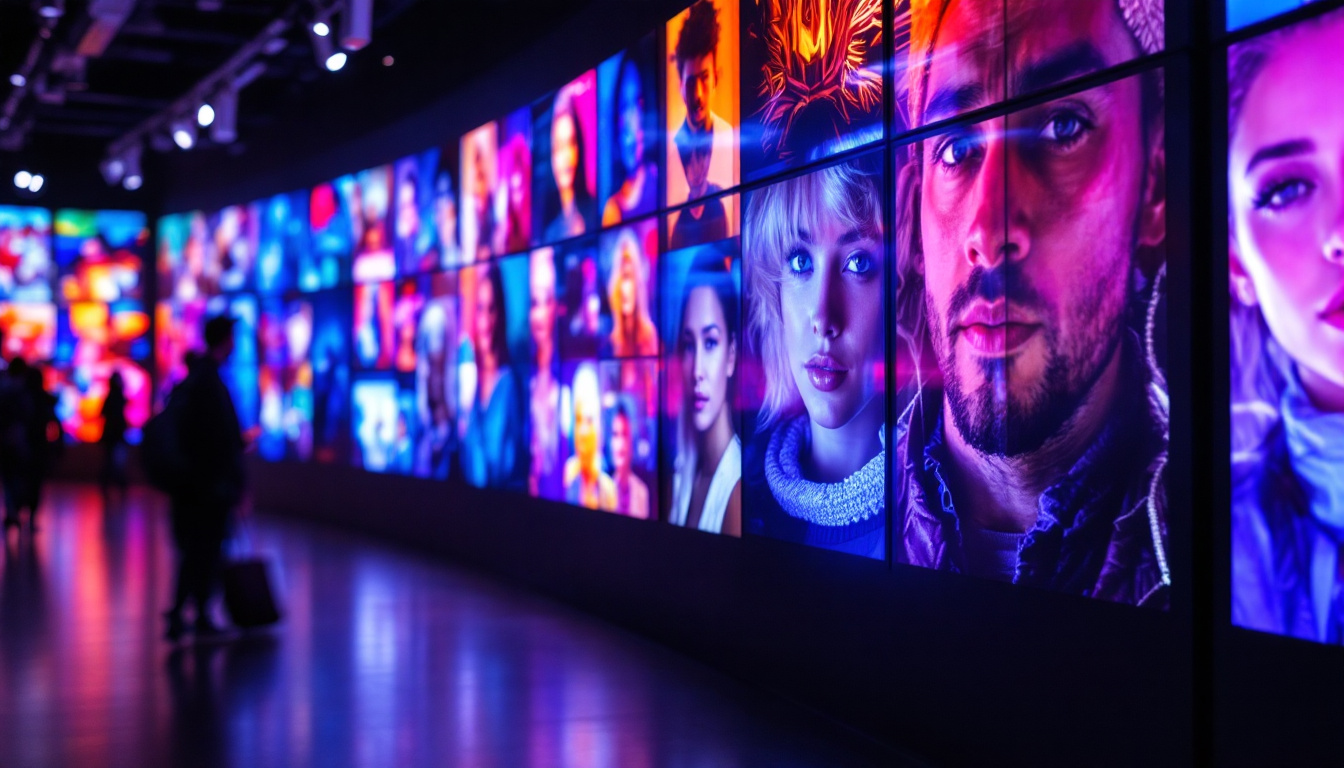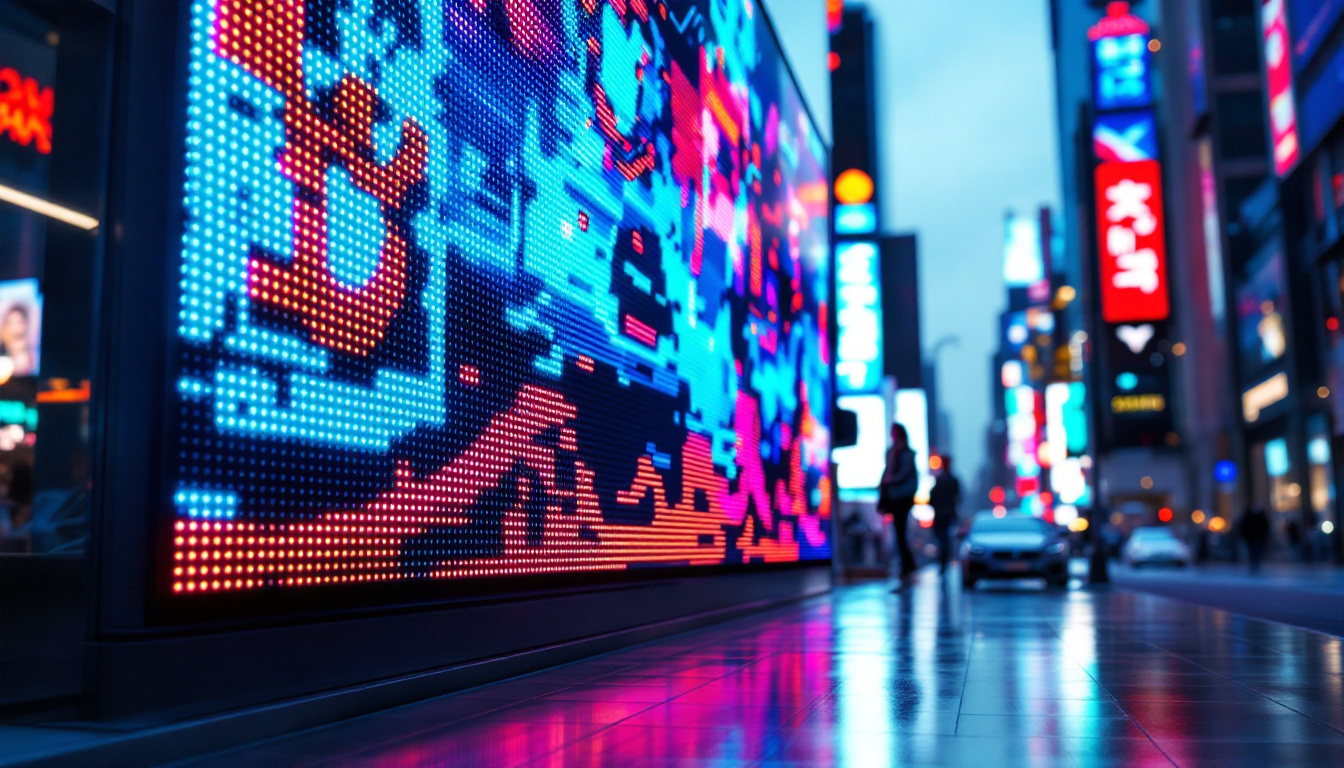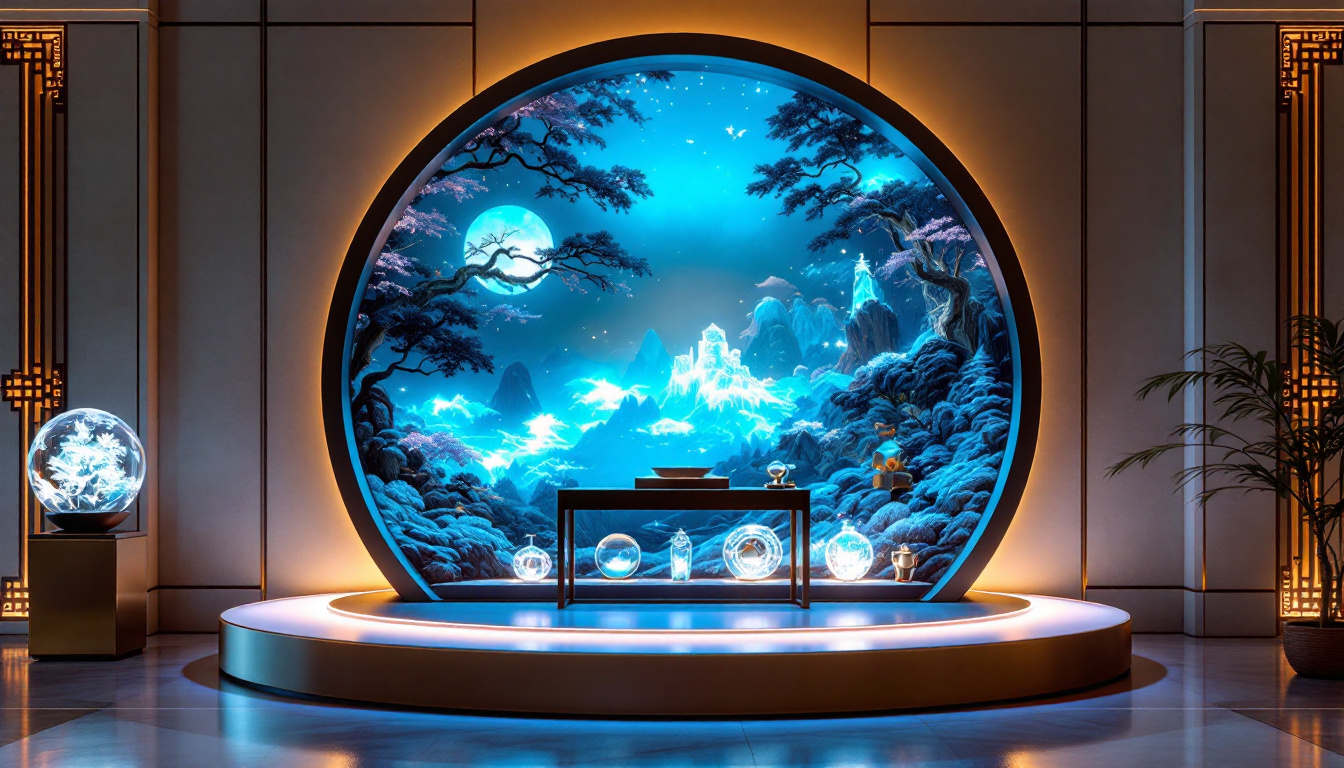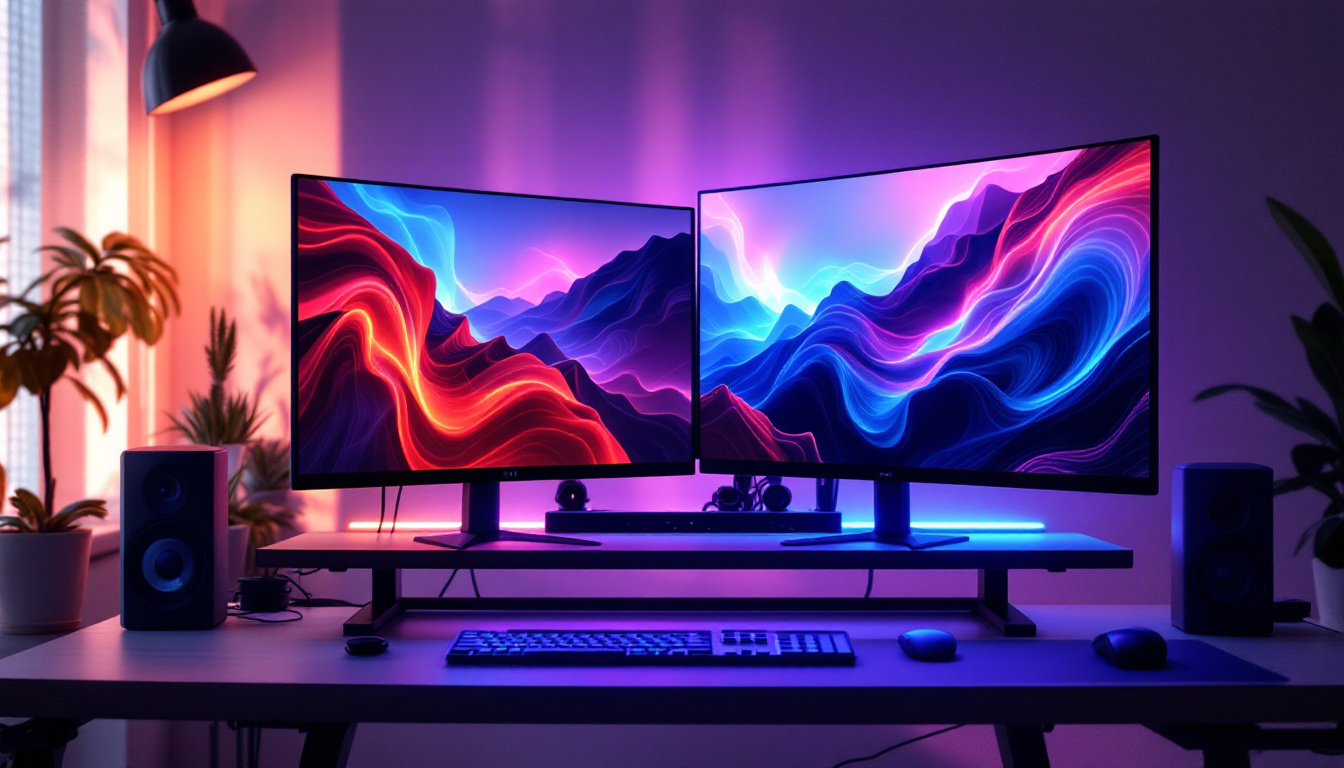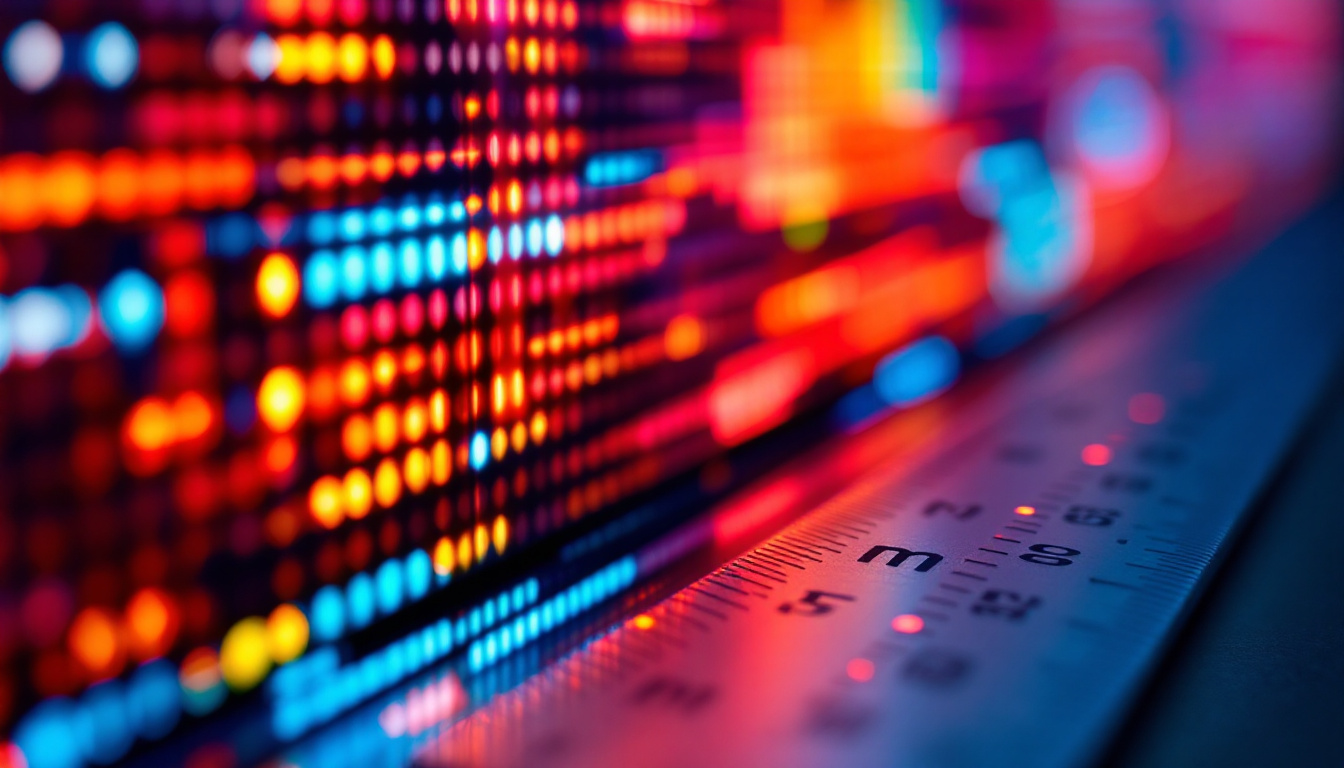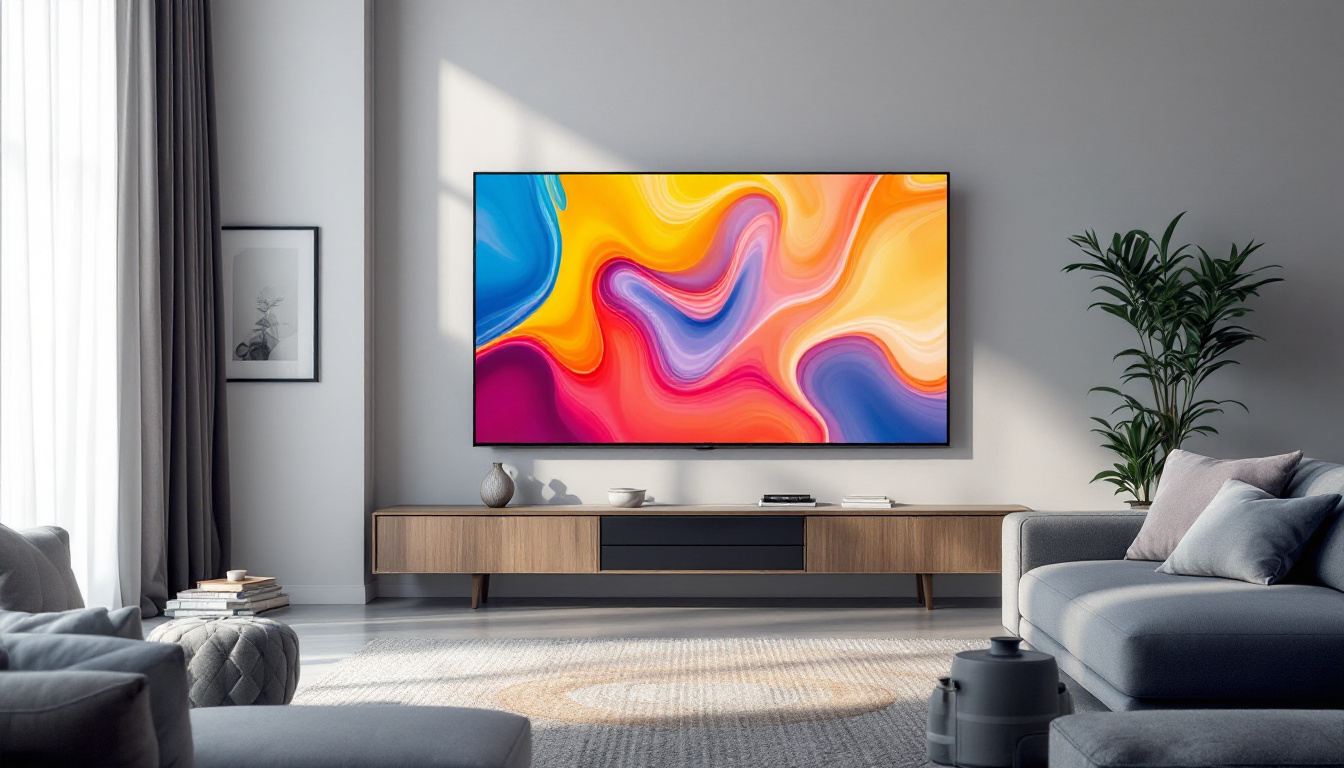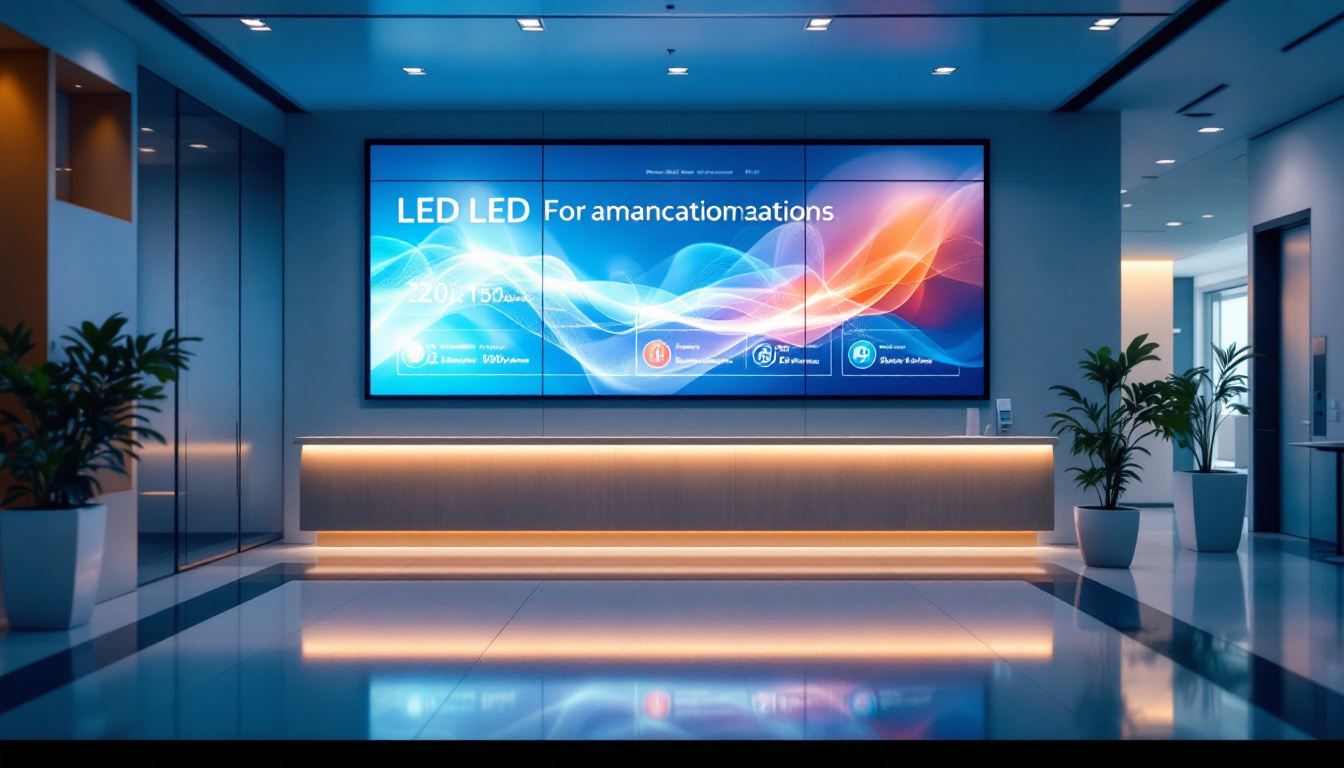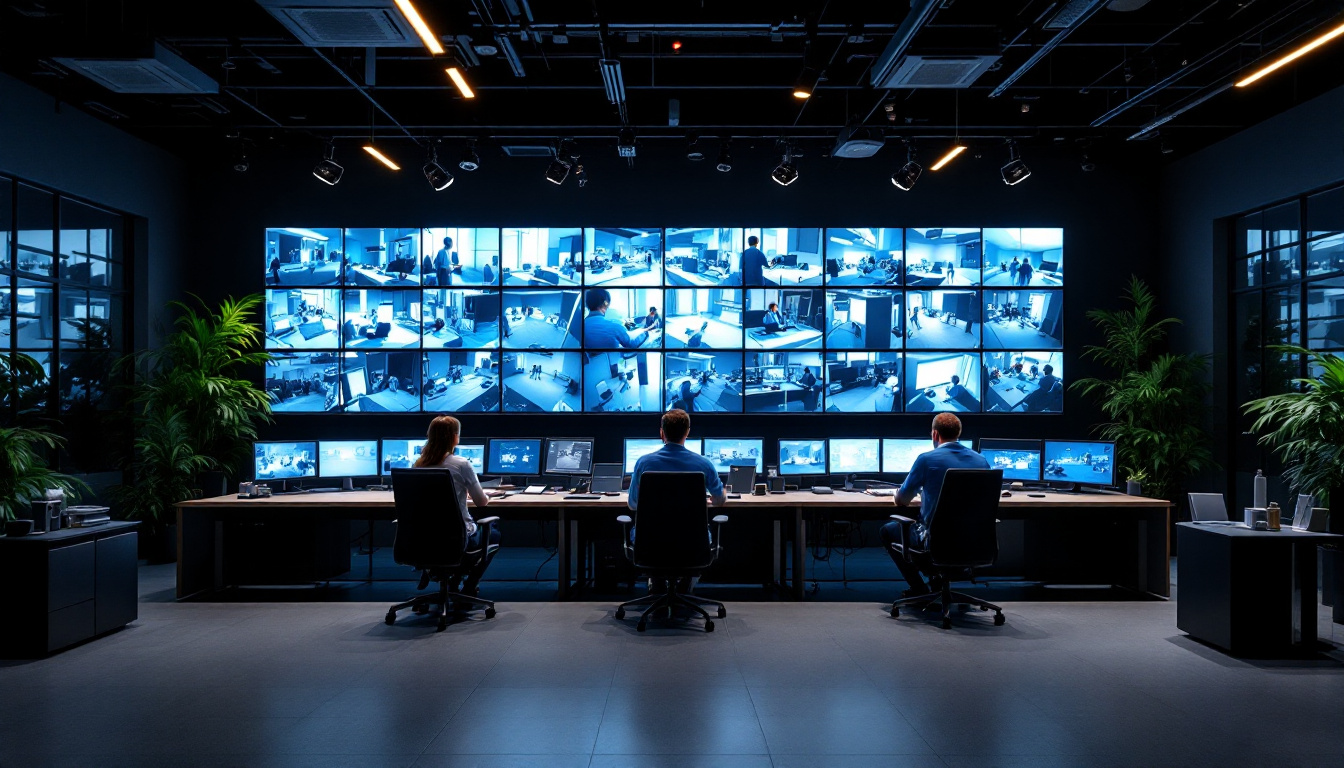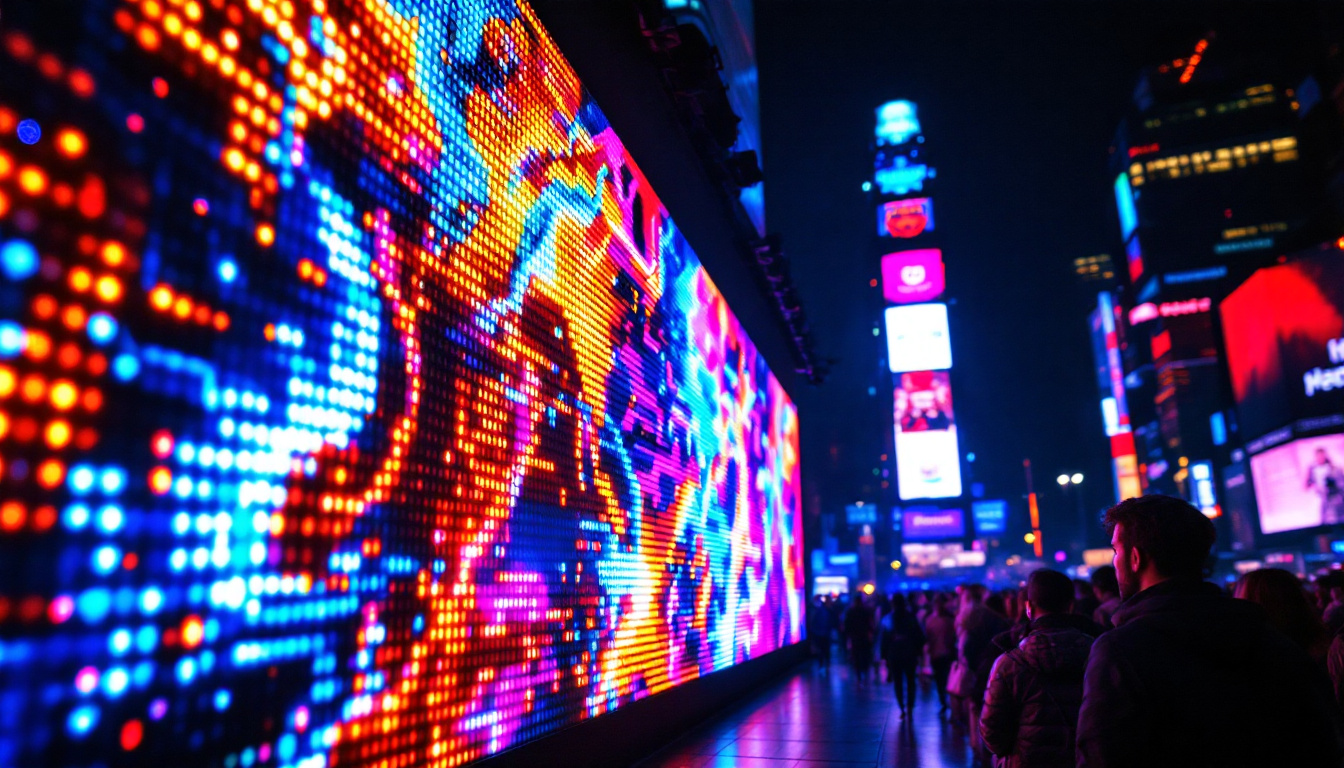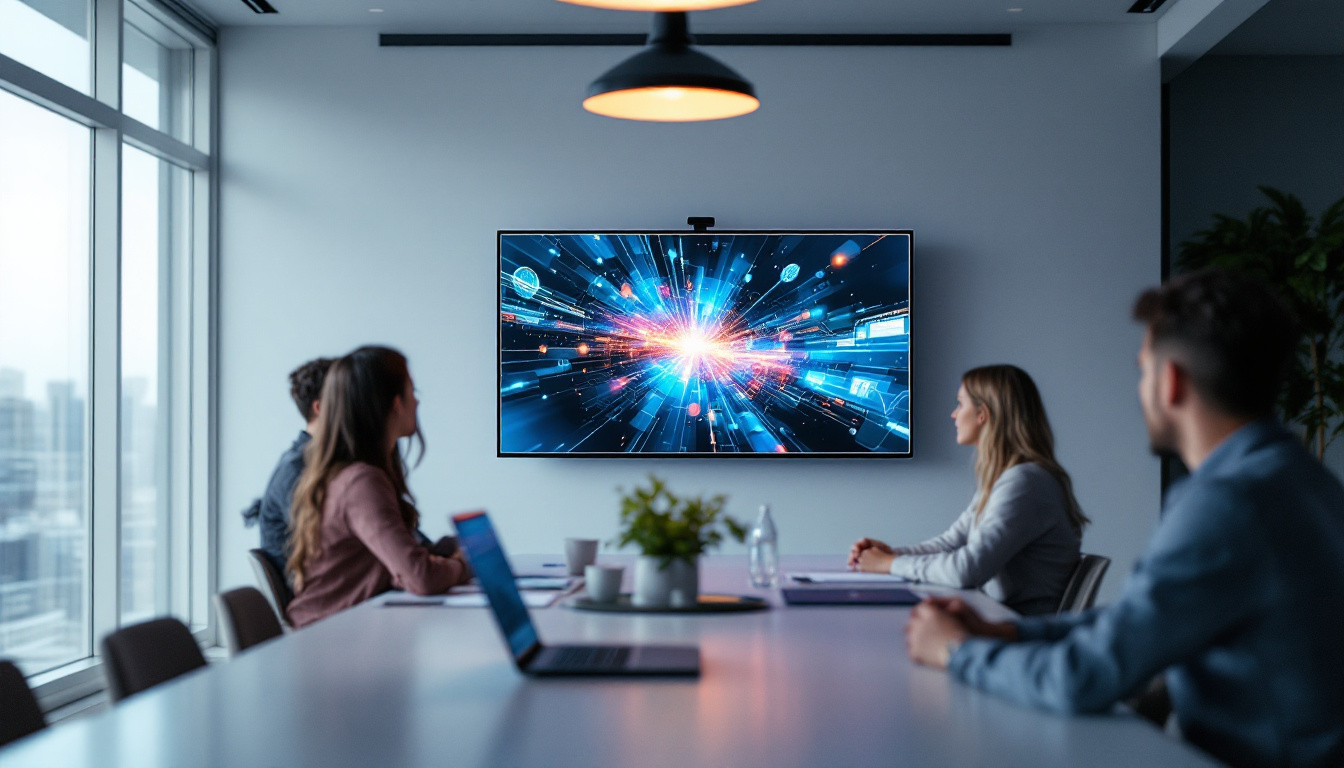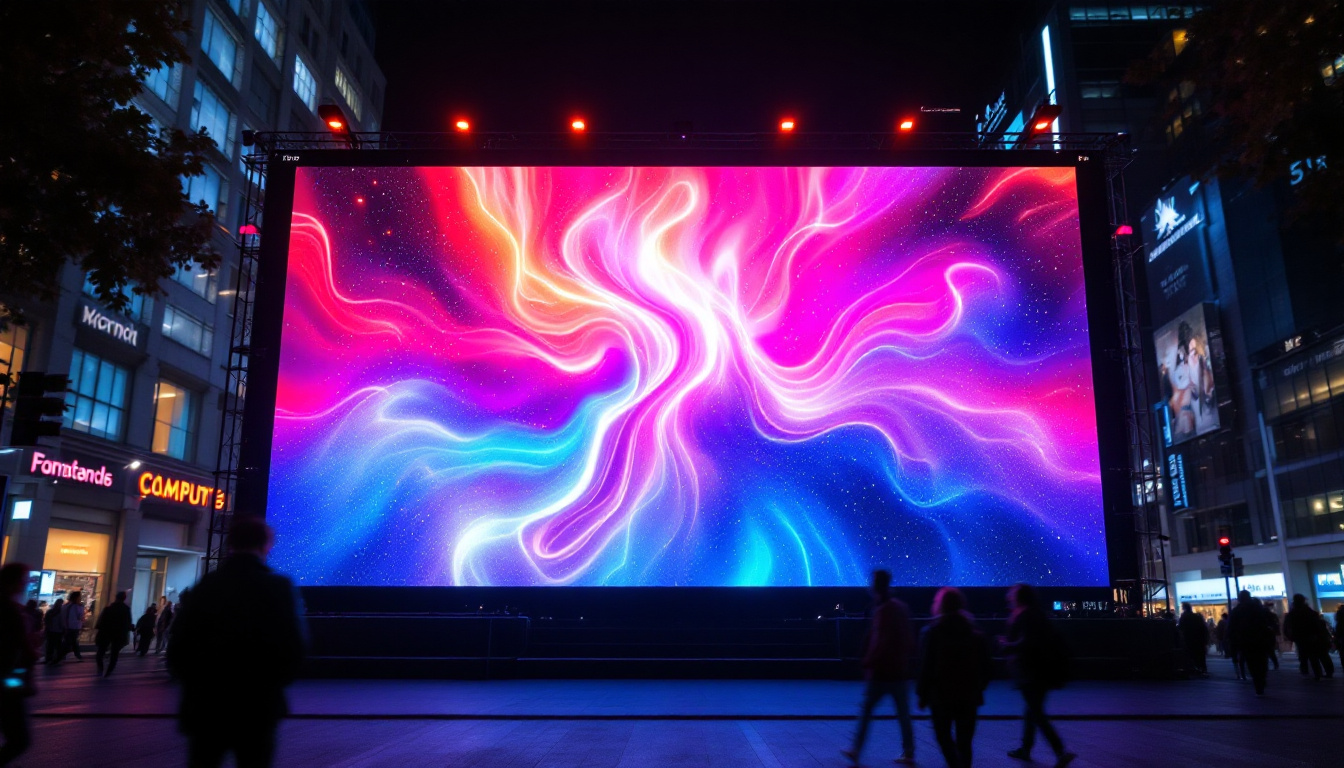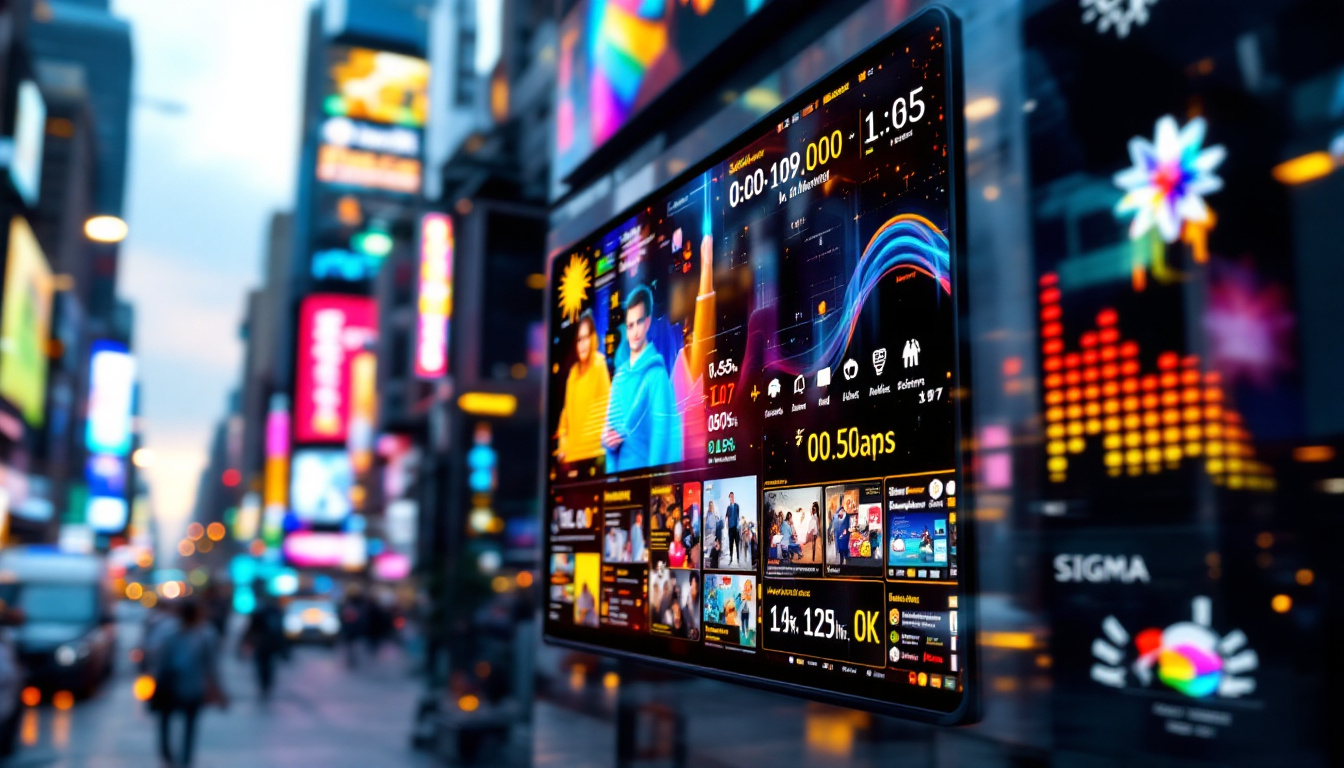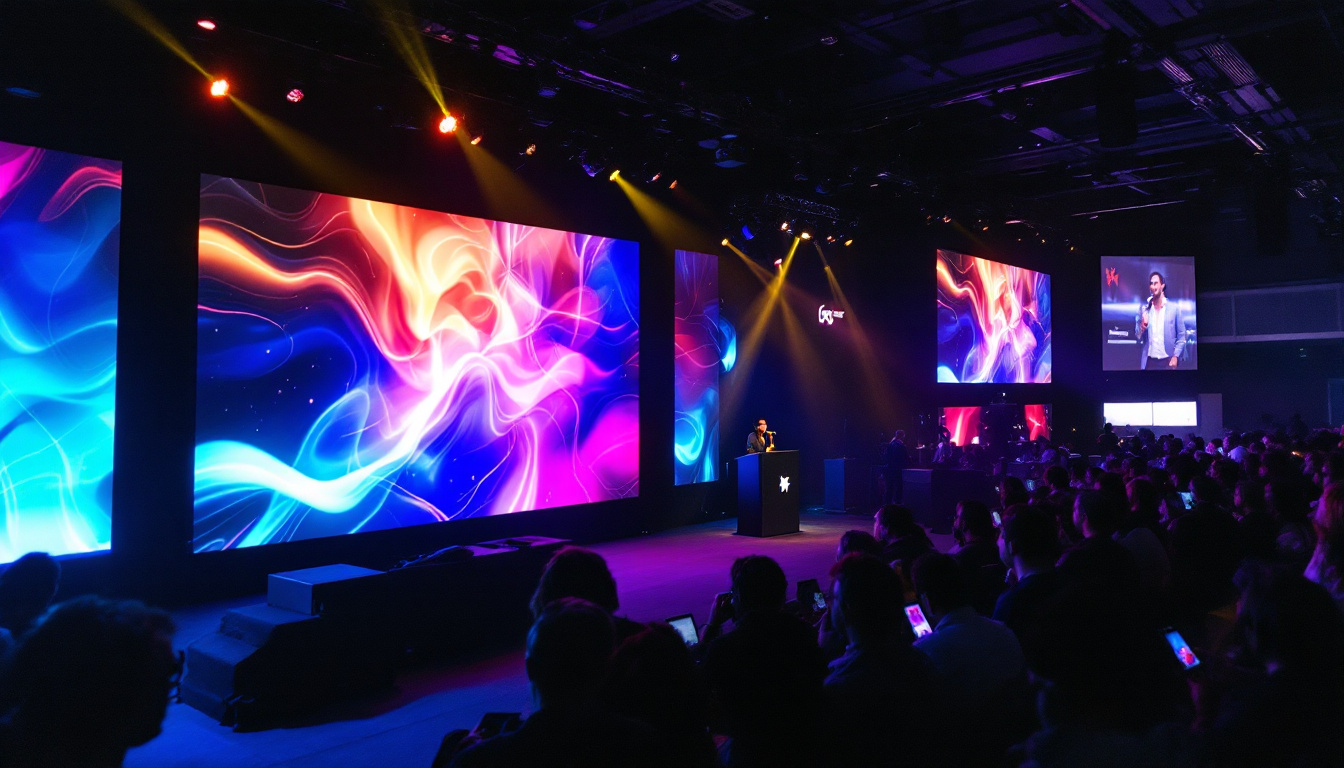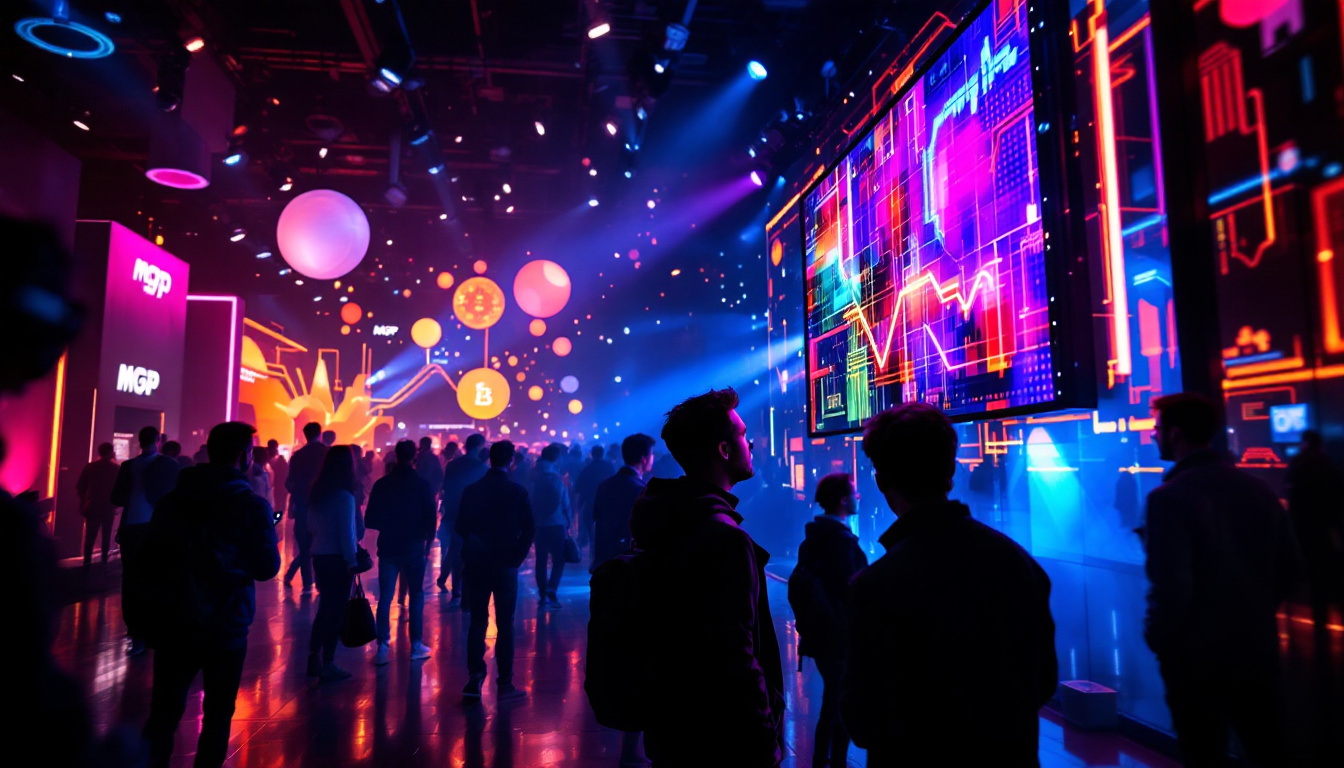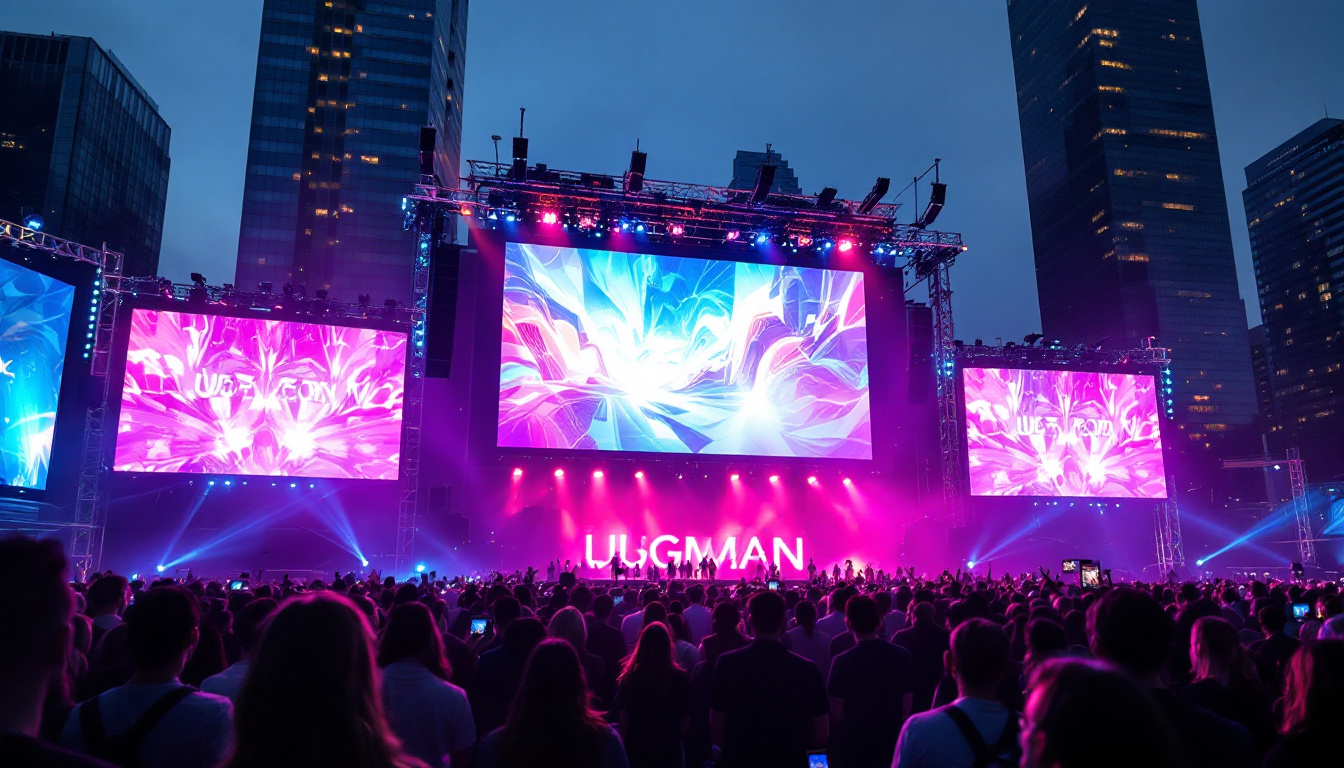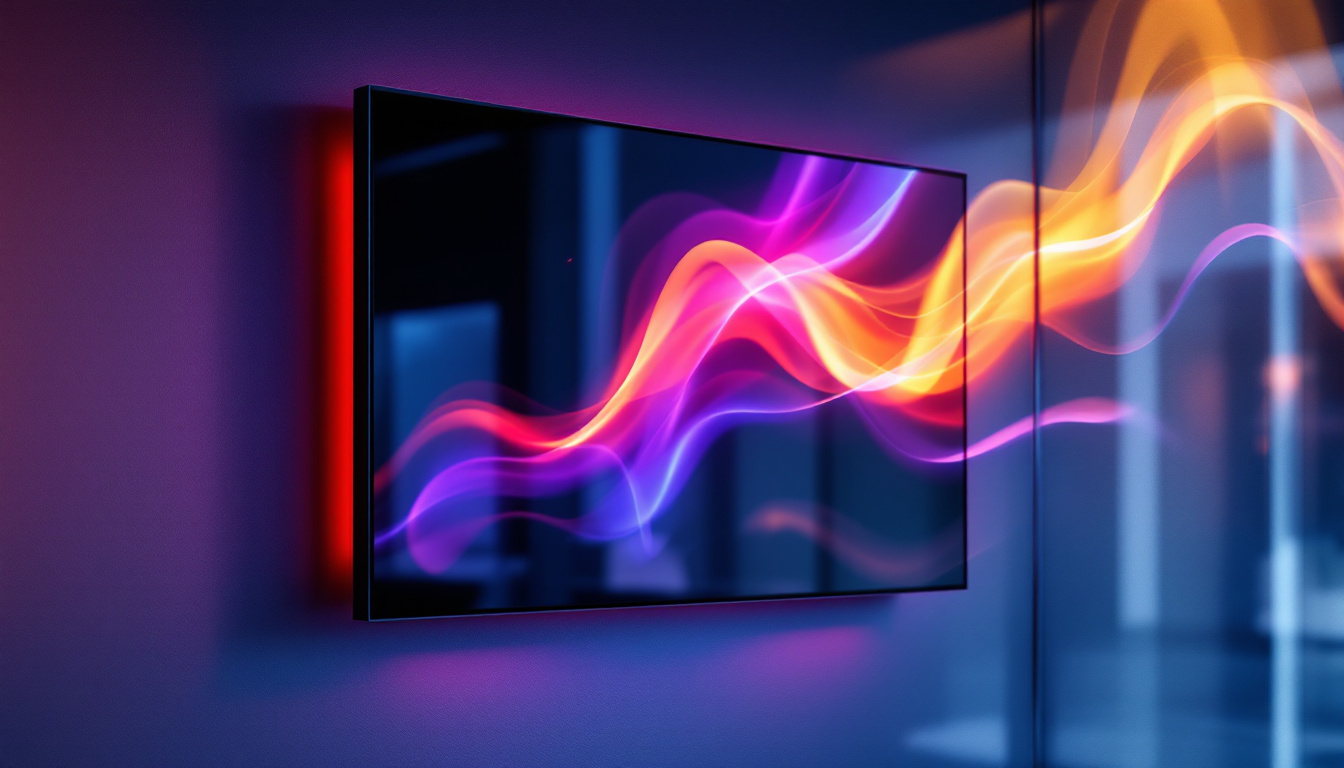In the world of visual technology, the evolution of display systems has transformed the way we experience media. Among these advancements, motorized projection screens and LED displays stand out as two of the most popular options for both home and commercial use. This article delves into the intricacies of motorized projection screens, their benefits, and how they compare to LED displays, providing a comprehensive understanding of their functionality and applications.
Understanding Motorized Projection Screens
Motorized projection screens are designed to offer convenience and versatility in projecting images and videos. These screens are typically housed in a casing that allows them to retract and extend at the touch of a button, making them an ideal choice for various settings, from home theaters to conference rooms.
How Motorized Projection Screens Work
The operation of a motorized projection screen is relatively straightforward. When activated, an electric motor rolls the screen down from its housing, allowing it to unfurl into a flat, taut surface. This mechanism is usually controlled via a remote, wall switch, or even integrated smart home systems. The retraction process is equally simple; the screen rolls back into its casing, keeping it protected when not in use.
Most motorized screens are made from high-quality materials that enhance image clarity and reduce light reflection. The surface is often designed to be compatible with various projection technologies, ensuring that users can achieve the best possible picture quality. Additionally, some screens come with features like tensioning systems that help maintain the screen’s flatness, further improving the viewing experience.
Benefits of Motorized Projection Screens
One of the primary advantages of motorized projection screens is their convenience. The ability to deploy and retract the screen with minimal effort makes them an excellent choice for spaces where flexibility is key. This feature is particularly beneficial in multi-purpose rooms, where the screen may only be needed for presentations or movie nights.
Moreover, motorized screens can be installed in various locations, including ceilings, walls, or even in custom-built cabinetry. This adaptability allows for seamless integration into existing decor, enhancing the overall aesthetic of the space. Additionally, many motorized screens are available in a range of sizes and aspect ratios, catering to different viewing needs.
LED Displays: A Modern Alternative
LED displays have gained immense popularity in recent years, particularly in commercial settings. These displays utilize light-emitting diodes (LEDs) to produce bright, vibrant images that can be viewed from various angles. Unlike traditional projection systems, which rely on a separate screen, LED displays are self-contained units that do not require additional equipment for optimal performance.
How LED Displays Function
LED displays work by illuminating pixels with varying colors and intensities to create images. Each pixel consists of red, green, and blue (RGB) diodes that combine to produce a full spectrum of colors. This technology allows for high brightness levels and excellent contrast ratios, making LED displays suitable for both indoor and outdoor environments.
One of the key features of LED displays is their scalability. They can be configured in various sizes and shapes, allowing for creative installations that can adapt to different spaces. For instance, large-scale LED walls are commonly used at events, concerts, and advertising displays, providing an eye-catching visual experience.
Advantages of LED Displays
LED displays offer several advantages over traditional projection systems. Their ability to produce bright images even in well-lit environments makes them ideal for commercial applications, where visibility is crucial. Additionally, LED technology is known for its longevity and energy efficiency, reducing the total cost of ownership over time.
Furthermore, LED displays require minimal maintenance compared to projection systems, which often need regular bulb replacements and calibration. This low-maintenance aspect, combined with their durability, makes LED displays a popular choice for businesses looking to invest in reliable visual technology.
Comparing Motorized Projection Screens and LED Displays
When choosing between motorized projection screens and LED displays, several factors come into play. Each technology has its unique strengths and weaknesses, making it essential to consider the specific needs of the intended application.
Image Quality
Image quality is a critical factor in any display technology. Motorized projection screens rely on the quality of the projector used, which can vary significantly. A high-end projector paired with a quality screen can produce stunning visuals, but the overall performance is contingent on the projector’s capabilities.
In contrast, LED displays offer consistent image quality regardless of the ambient light conditions. Their brightness and color accuracy are typically superior, making them a go-to choice for environments where image clarity is paramount. For instance, in a bright conference room, an LED display would outperform a projection system in terms of visibility.
Installation and Space Requirements
Installation requirements differ significantly between the two technologies. Motorized projection screens need a suitable mounting location, often requiring more space for the screen to retract. This can be a consideration in smaller rooms where ceiling height or wall space may be limited.
On the other hand, LED displays can be mounted directly onto walls, allowing for more flexible placement options. Their modular nature means they can be customized to fit various spaces, making them an attractive option for businesses with unique layout challenges.
Cost Considerations
Cost is often a deciding factor when investing in display technology. Motorized projection screens tend to be more affordable upfront, especially when paired with a mid-range projector. However, the long-term costs of maintaining a projector, including bulb replacements and potential repairs, can add up.
LED displays, while typically more expensive initially, often prove to be a better investment over time due to their durability and lower maintenance costs. Organizations that plan to use their display technology frequently may find that the long-term savings associated with LED displays justify the higher initial expenditure.
Applications of Motorized Projection Screens
Motorized projection screens are versatile and can be utilized in various settings. Their ability to blend seamlessly into different environments makes them suitable for both residential and commercial applications.
Home Theaters
In home theater setups, motorized projection screens provide an immersive viewing experience. When paired with high-definition projectors, these screens can deliver stunning visuals for movie nights, gaming sessions, or sports events. The retractable feature allows homeowners to maintain a clean aesthetic when the screen is not in use.
Corporate Environments
In corporate settings, motorized projection screens are commonly used for presentations, training sessions, and video conferencing. Their ease of use and ability to quickly transition between different media types make them invaluable tools for effective communication. Additionally, the option to install screens in conference rooms or auditoriums enhances the overall functionality of the space.
Educational Institutions
Schools and universities also benefit from motorized projection screens. In classrooms and lecture halls, these screens facilitate interactive learning experiences. Teachers can easily switch between instructional materials, videos, and live demonstrations, keeping students engaged and enhancing the educational process.
Applications of LED Displays
LED displays have found their niche in various sectors due to their impressive performance and adaptability. Their vibrant visuals and low maintenance make them a preferred choice for many applications.
Advertising and Marketing
One of the most prominent uses of LED displays is in advertising. Retailers and businesses utilize large LED screens to showcase promotions, products, and brand messages. Their ability to capture attention with bright colors and dynamic content makes them highly effective for driving customer engagement.
Events and Entertainment
In the events industry, LED displays are essential for concerts, festivals, and conferences. They can be used as backdrops or as part of stage designs, providing immersive visuals that enhance the overall experience. The flexibility of LED technology allows for creative installations that can be tailored to the specific theme of an event.
Public Information Displays
LED displays are also commonly used for public information purposes. From transportation hubs displaying real-time arrival and departure information to digital billboards in urban environments, these displays provide critical information to the public in a visually appealing manner. Their durability and visibility make them ideal for outdoor applications.
Future Trends in Display Technology
The landscape of display technology is continually evolving, with innovations emerging regularly. As both motorized projection screens and LED displays advance, several trends are shaping their future.
Integration with Smart Technology
The integration of smart technology is becoming increasingly prevalent in display systems. Motorized projection screens are now being designed with smart home compatibility, allowing users to control them through mobile apps or voice commands. Similarly, LED displays are being equipped with features that enable dynamic content management and remote updates, enhancing their functionality.
Enhanced Resolution and Color Accuracy
As consumer demand for higher resolution and color accuracy grows, both motorized projection screens and LED displays are adapting. Manufacturers are investing in research and development to create screens that can support 4K and even 8K resolutions, ensuring that users can enjoy the highest quality visuals available.
Eco-Friendly Solutions
Environmental concerns are prompting manufacturers to explore eco-friendly solutions in display technology. LED displays, in particular, are being designed with energy-efficient components and recyclable materials, reducing their carbon footprint. Motorized projection screens are also being developed with sustainable materials, reflecting a growing trend toward eco-consciousness in the industry.
Conclusion
In conclusion, both motorized projection screens and LED displays offer unique advantages that cater to different needs and preferences. Motorized projection screens provide flexibility and convenience, making them suitable for various settings, while LED displays excel in brightness, durability, and low maintenance. Understanding the strengths and applications of each technology is essential for making informed decisions in selecting the right display solution for any environment.
As technology continues to advance, staying informed about the latest trends and innovations will help consumers and businesses alike make the most of their visual experiences. Whether opting for a motorized projection screen or an LED display, the choice ultimately depends on the specific requirements and desired outcomes of the user.
Discover LumenMatrix’s Advanced LED Display Solutions
Ready to elevate your visual experience with the latest in display technology? Look no further than LumenMatrix, a pioneer in LED display innovation. Our extensive range of products, from Indoor and Outdoor LED Wall Displays to Custom and All-in-One LED Displays, is designed to meet your every need. Whether you’re looking to captivate your audience, enhance your brand’s visibility, or create a dynamic environment, LumenMatrix has the solution. Check out LumenMatrix LED Display Solutions today and see how our cutting-edge technology can transform your visual communication.

